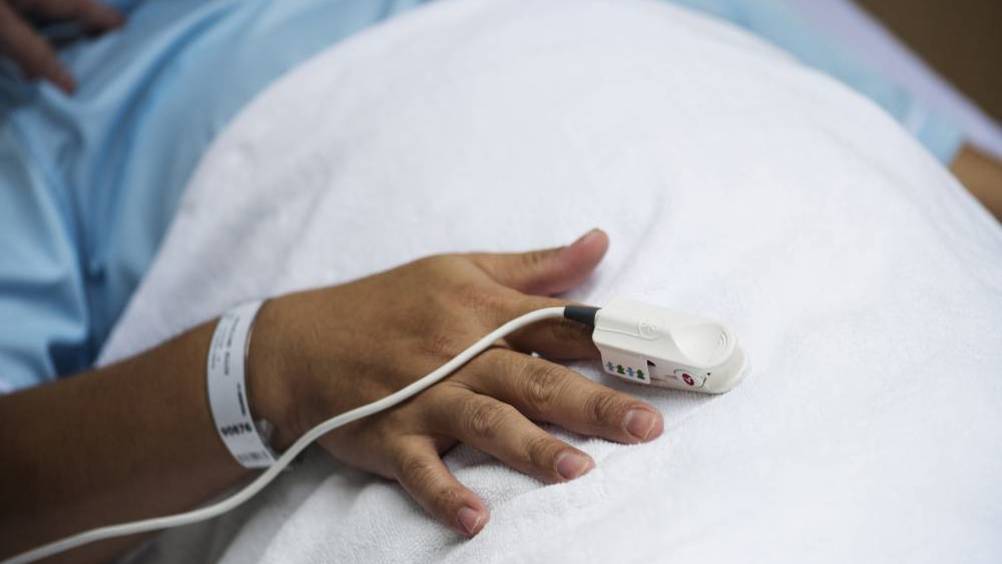References
Placement of finger oximeter on the ear: comparison with oxygen saturation values taken from the finger

Abstract
Pulse oximetry is widely used to assess oxygen saturation (SpO2) in order to guide patient care and monitor the response to treatment. However, inappropriate oximeter probe placement has been shown to affect the measured oximetry values in healthy and normoxic outpatients. This study evaluated how treatment decisions might be impacted by SpO2 values obtained using a finger probe placed on the pinna of the ear in a cohort of 46 patients receiving non-invasive ventilation compared with values obtained from a probe on the finger and the results of arterial blood gas (ABG) (SaO2) analysis. Bland-Altman analysis was performed to evaluate agreement between the methods. Finger probe saturation was not statistically different from SaO2, with a mean difference of -0.66% (P>0.05). Saturation from the ear was significantly different (-4.29%; P<0.001). Subgroup analysis in hypoxic patients (SaO2<90%) showed a significant difference between ABG SaO2, and finger and ear SpO2. The study provides evidence that placement of a finger probe on the ear is unsafe clinical practice, potentially leading to patient mismanagement.
Pulse oximetry is an indirect, non-invasive, accurate and safe method of measuring oxygen saturations (SpO2). It is widely used in a range of outpatient and inpatient settings to record clinical observations, which includes calculation of the patient's National Early Warning Score 2 (NEWS 2) (Royal College of Physicians, 2017). A number of treatment protocols are guided by the results of oxygen saturation measurements, for example during assessment for, and response to, interventions such as oxygen therapy (O'Driscoll et al, 2017) and non-invasive ventilation (NIV) (Davidson et al, 2016). More recently, pulse oximetry has been used to monitor the condition of patients with COVID-19 both in hospital (Shenoy et al, 2020) and home settings (Luks, 2020).
Pulse oximeters are designed to record SpO2 by measuring the absorption of specific wavelengths of light by oxygenated haemoglobin (HbO2) versus that in deoxygenated haemoglobin (Hb). Oximeter probes contain light-emitting diodes (LEDs) that project light of two wavelengths—red (660 nm) and infrared (940 nm)—from one side of the probe towards a photodetector on the opposite side. Pulsatile arterial blood during systole delivers oxyhaemoglobin (HbO2) to the tissue, which results in the absorption of more infrared light and so less light will reach the photodetector. The level of oxygen saturation of the blood therefore determines the degree of light absorption. The result is processed and a digital readout of the oxygen saturation results is shown on the oximeter screen, represented as SpO2.
Register now to continue reading
Thank you for visiting British Journal of Nursing and reading some of our peer-reviewed resources for nurses. To read more, please register today. You’ll enjoy the following great benefits:
What's included
-
Limited access to clinical or professional articles
-
Unlimited access to the latest news, blogs and video content

